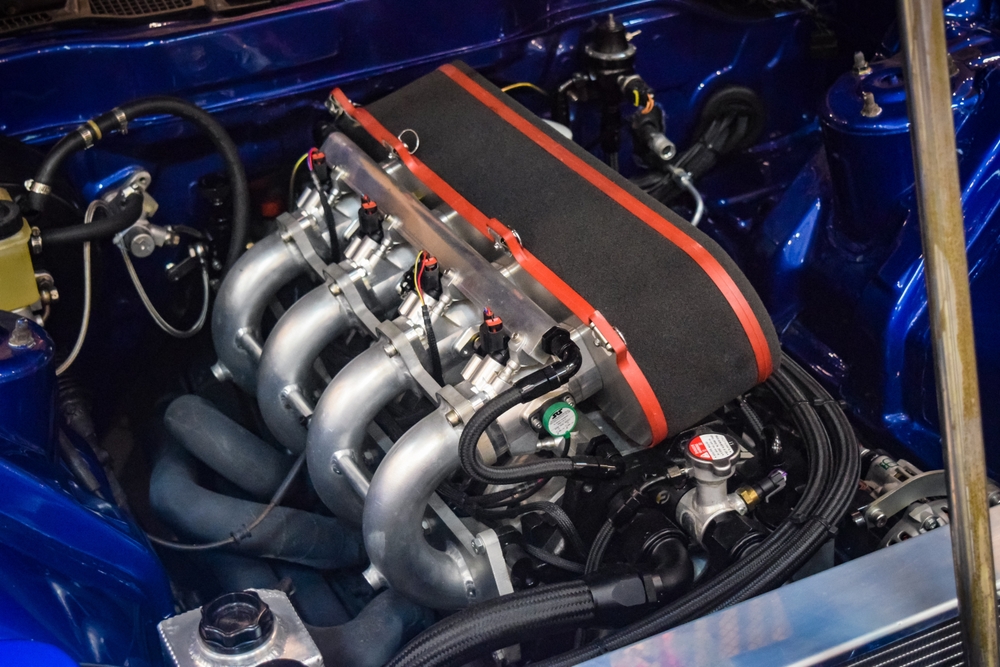Leveraging Biomimicry in Industrial Design
Biomimicry, the practice of emulating nature's time-tested strategies in human-made designs, is revolutionizing industrial processes and product development. This innovative approach draws inspiration from biological systems to create more efficient, sustainable, and resilient solutions for complex industrial challenges. As businesses seek to optimize operations and reduce environmental impact, biomimicry offers a fresh perspective on problem-solving and innovation.

The Roots of Biomimicry in Industrial Applications
The concept of biomimicry is not entirely new, with early examples dating back to Leonardo da Vinci’s flying machine designs inspired by bird wings. However, it wasn’t until the late 20th century that biomimicry gained traction as a formal discipline in industrial design and engineering. Janine Benyus, a biologist and innovation consultant, popularized the term in her 1997 book “Biomimicry: Innovation Inspired by Nature,” sparking a renewed interest in nature-inspired solutions across various industries.
As environmental concerns grew and technological capabilities advanced, businesses began to recognize the potential of biomimicry to address complex industrial challenges. The field has since expanded, with dedicated research centers and consultancies emerging to bridge the gap between biological knowledge and industrial applications. Today, biomimicry informs everything from material science and robotics to architectural design and manufacturing processes.
Biomimetic Solutions in Manufacturing
Manufacturing industries have been quick to adopt biomimetic principles, recognizing their potential to enhance efficiency and reduce waste. One notable example is the development of self-healing materials inspired by the human body’s ability to repair wounds. These materials can automatically repair small cracks or damages, extending the lifespan of products and reducing maintenance costs.
Another area where biomimicry is making waves is in the optimization of production line layouts. By studying the efficient organization of ant colonies and beehives, engineers have developed algorithms that optimize the flow of materials and products through factories. This nature-inspired approach has led to significant improvements in productivity and resource utilization.
Sustainable Design Inspired by Ecosystems
Biomimicry has become a cornerstone of sustainable industrial design, offering solutions that are inherently eco-friendly and resource-efficient. The circular economy concept, which aims to eliminate waste and maximize resource use, draws heavily from nature’s closed-loop systems. Industries are now looking at ecosystems as models for creating products that can be easily disassembled, recycled, or biodegraded at the end of their lifecycle.
One prominent example is the development of adhesives inspired by gecko feet. These biomimetic adhesives offer strong, reversible bonding without the use of toxic chemicals, making them ideal for products designed for easy disassembly and recycling. Similarly, water-repellent coatings based on the lotus leaf’s surface structure are being used to create self-cleaning surfaces, reducing the need for chemical cleaners and extending product lifespans.
Enhancing Energy Efficiency through Nature’s Lessons
Energy efficiency is a critical concern for industries seeking to reduce costs and environmental impact. Biomimicry offers innovative solutions in this area, drawing inspiration from nature’s energy-efficient designs. For instance, the structure of termite mounds has inspired the design of passive cooling systems for buildings, significantly reducing energy consumption for climate control.
In the realm of renewable energy, wind turbine designs are being optimized based on the shape of humpback whale fins, which allow for more efficient energy capture even at low wind speeds. Solar cell designs inspired by butterfly wings are improving light absorption and energy conversion efficiency, pushing the boundaries of renewable energy technology.
Biomimetic Approaches to Industrial Problem-Solving
Beyond specific product designs, biomimicry is revolutionizing the way industries approach problem-solving and innovation. Many companies are now incorporating biomimetic thinking into their research and development processes, encouraging engineers and designers to look to nature for solutions to complex challenges.
This approach has led to breakthroughs in fields such as water purification, where membrane technologies inspired by cell walls are improving filtration efficiency. In logistics and supply chain management, algorithms based on ant foraging behaviors are optimizing route planning and resource allocation, leading to significant cost savings and reduced environmental impact.
Practical Insights for Implementing Biomimicry in Business
-
Establish cross-disciplinary teams that include biologists alongside engineers and designers to foster nature-inspired innovation
-
Invest in biomimicry databases and resources to help identify relevant biological models for industrial challenges
-
Develop biomimicry-focused innovation workshops to train employees in nature-inspired problem-solving techniques
-
Partner with academic institutions or biomimicry consultancies to access specialized knowledge and research capabilities
-
Integrate biomimetic principles into your company’s sustainability and innovation strategies
As industries continue to face complex challenges in efficiency, sustainability, and innovation, biomimicry offers a powerful toolkit for developing novel solutions. By looking to nature’s time-tested designs and processes, businesses can unlock new avenues for growth while minimizing their environmental impact. The future of industrial design and manufacturing lies in harmonizing our technological capabilities with the wisdom of the natural world, creating products and processes that are not only more efficient but also inherently sustainable and resilient.





